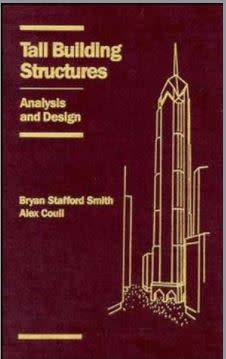I have been doing a bit of designs that involve steel and concrete frames as the main resisting systems.
Now, we got a project six-storey reinforced concrete medium commercial building that requires an elevator, which our design team want to include a core-wall (C-shaped) to take care of the 'total' seismic shear(Vt). This way we assume the frames to only carry dead and live load.
A friend in our team will use SAP2000 for analysis but we need to crosscheck the output by approximate manual calculation.
So please help on the following questions:
- Is it safe or a common practice to let the core-wall take all the lateral load while the frames only carry DL+LL?
- can we divide the C-section and analyse as if it were three planar walls where torsional strength is ignored?
- what are the approximate formulas/equations used to roughly determine V(shear), M(moment) and T(torsion)?
Now, we got a project six-storey reinforced concrete medium commercial building that requires an elevator, which our design team want to include a core-wall (C-shaped) to take care of the 'total' seismic shear(Vt). This way we assume the frames to only carry dead and live load.
A friend in our team will use SAP2000 for analysis but we need to crosscheck the output by approximate manual calculation.
So please help on the following questions:
- Is it safe or a common practice to let the core-wall take all the lateral load while the frames only carry DL+LL?
- can we divide the C-section and analyse as if it were three planar walls where torsional strength is ignored?
- what are the approximate formulas/equations used to roughly determine V(shear), M(moment) and T(torsion)?

![[smile] [smile] [smile]](/data/assets/smilies/smile.gif)

